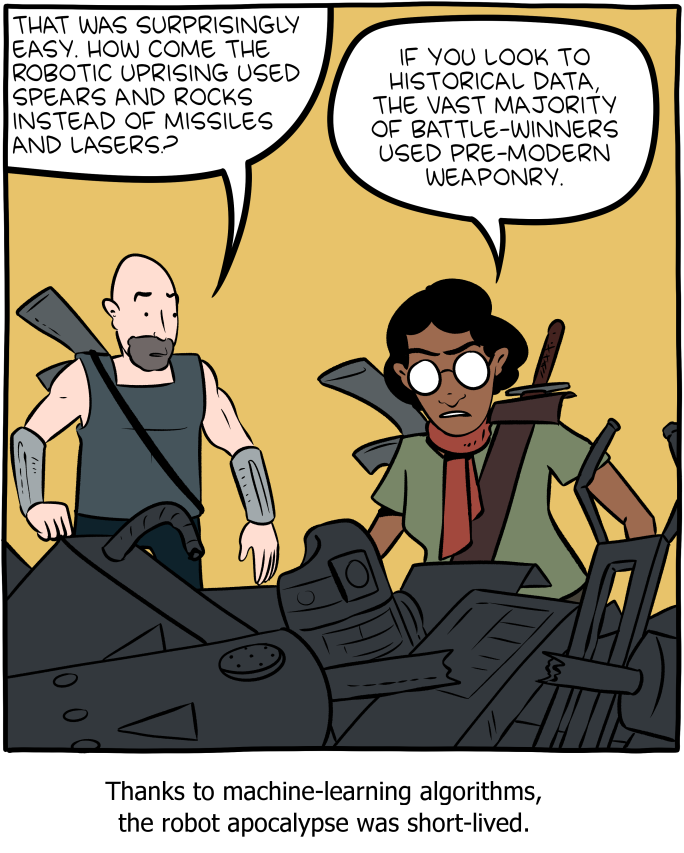Dave’s Nagare
Dave Bresnick of the United States Profesional Mahjong League kindly wrote a piece for Riichi Reporter on his approach to the game. Dave has achieved some impressive results when not organizing events of this own: including third place at the 2010 European Riichi Championship (ask to see his trophy!). He also has enjoyed the opportunity to mingle with Japan Professional Mahjong League players in his much-appreciated work with World Riichi Championship.
Many may be aware of what are considered the two primary philosophies of mahjong – “digital” vs “occult.” In the west, I often feel that digital philosophy is more dominant – the player base seems to consist of more analytical people who often have experience with other games that have trained them to look at statistics. Many players are in search of some mythical trove of strategies, a set of rules that will guide them to a higher tier of play. Unfortunately, I do not believe such a thing exists. When I have had the opportunity to ask players far stronger than myself how to improve, while all of them have their unique thoughts and philosophies about the game there has been one consistent aspect of their answer – “Play more mahjong.” More hands, more experience, more opponents! Because while there definitely are some rules, true mastery means knowing when and why to break them.
I started on the digital side myself! As I got past the basics, I started my journey of learning basic statistics and tile efficiency. I still remember playing Mahjong Fight Club on my PSP and establishing a pretty natural priority order of what to discard. Unaccompanied winds, singular dragons, then ones and nines. Make a beeline for pinfu-tanyao, and a nice 2 or 3 tile wait to riichi on. It was a straightforward way to play but it also helped me learn a lot of the efficiency tricks and strategy that exist around that structure. And since my opponents were machines, it was easy for me to rocket to the top of the rankings!
Despite the fact that I use the word “nagare” in the title of this article, I’m not about to tell you that I believe that you can will yourself into drawing specific tiles or that changing your socks mid-tournament will curse you to finish last. Nagare is often best translated as “flow” and every game of mahjong has one: a pace, a texture, a joining of the play-styles of the four players around the table into one whole. Sometimes this is a harmonious blend of similar philosophies, other times a clash of conflicting styles. Understanding your competition and seeing the game state clearly through both your eyes and theirs is the key to making sound judgment calls and getting to more consistent play.
…while there definitely are some rules, true mastery means knowing when and why to break them.
Having mastered Fight Club, I was quite proud of myself! But when I brought what I’d learned to bear against actual humans, things were nowhere near as simple. While the Fight Club AI would run in terror from my riichi, novice players who didn’t feel confident defending would just ignore it and play on! Craftier players, recognizing that I would always go for a two-sided wait, would use suji to dodge and sneak wins out from under me. Aggressive players would call hands before I could get mine put together. It just wasn’t working anymore!
What I found when I took to a tournament game was that the play I was bringing to the table was too straightforward. My singleminded drive towards pinfu/tanyao had gotten fast enough that it could win the race sometimes, but my discards were a very obvious indicator of my progress. Everyone knew that as soon as I stopped discarding terminals or honors, I was pretty close to ready and my reliance on pinfu meant that even basic suji techniques allowed the other players to evade my waits. At the same time, my fixation on maximizing my statistical options meant letting go of valuable safe tiles and forced me into positions where I had no choice but to keep pushing a hand even when the situation had turned against me. Because I was ceding control of my own game, winning came down to the luck of the draw and my results were very inconsistent.
Understanding your competition and seeing the game state clearly through both your eyes and theirs is the key to making sound judgment calls and getting to more consistent play.
At the same time, I was only beginning to read more information from my opponents. I’d gotten to the point where building a hand was second nature but I was not yet able to glean much from other players’ discards. While a riichi remained an obvious indicator that someone was ready, I didn’t have much experience detecting when a player was close to tempai. And since the Fight Club AI was much more conservative than my play group I was caught flat-footed by more aggressive called-play. Without a clear vision of what the other players wanted, I didn’t have the information needed to really see the game state and understand whether I should push or fold.
One of the reasons I so strongly encourage players to participate in tournaments is that experiencing this can really open your eyes to strengths and weaknesses in your technique. Playing within your own group, with the same set of people, results in certain conventions and assumptions. You know what tiles are valued, what hands are preferred, the particular quirks or superstitions of specific players. But playing outside that enclave, in a more stressful situation with new players you haven’t encountered before, means in some aspects you need to relearn the game and, in the process, reevaluate which strategies you need to pull out of your arsenal in order to be an effective and threatening player.

